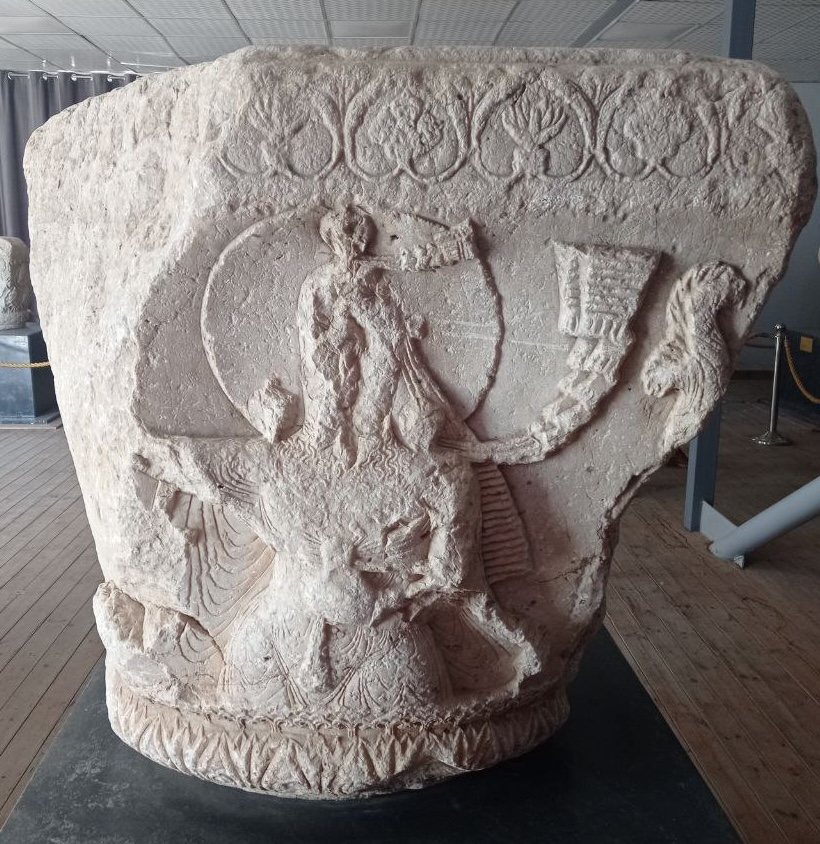Thread: Shepherds chapel, Velebit, Croatia dedicated to Holy Mary. The altar is actually bedrock, around which the church was built, indicating that this a Christianised pagan holy place. oldeuropeanculture.blogspot.com/2016/04/shephe… #mythologymonday 

Bedrock is in the Balkans known as "kamen živac, živi kamen, živa stena" (living stone, living rock), called so, because it is believed to be still part of the living body of the Mother Earth. And is venerated as sacred...
Transhumance shepherds used to bring offerings to these lumps of exposed bedrock before they took their flocks to the highlands, to ensure good weather. People believed that "Mother Earth, known as Baba, controls the bad, cold, rainy, snowy weather" oldeuropeanculture.blogspot.com/2019/07/weathe…
This is continuation of the yesterday's thread about "The City", an ancient enclosure in Co Kerry, Ireland. The City was built around an exposed piece of bedrock, which served as an altar dedicated to (D)Anu, the Irish version of Baba, The Mother Goddess
https://twitter.com/serbiaireland/status/1305229756275855360
The City was the place where annual rituals were perform on Bealtaine, 1t of May, the middle of Taurus, at the beginning of the cattle drive into the highland pastures, "for the protection of the cattle"...
From the bedrock standing in the centre of the enclosure, both people and cattle looked towards the two round breast like hills, made even more breast like by giant stone cairns built on their tops. The hills are known as the Paps of Anu (Boobs of the Mother Earth) 

So here in Ireland, just like in the Balkans, we have association between bedrock, Mother Earth and shepherds...Mountain tops, and bedrock crags called Baba (Grandmother, Mother, Mother Earth) from the Balkans Pic: Velika Baba peak, Slovenia oldeuropeanculture.blogspot.com/2020/08/baba-m… 

• • •
Missing some Tweet in this thread? You can try to
force a refresh























